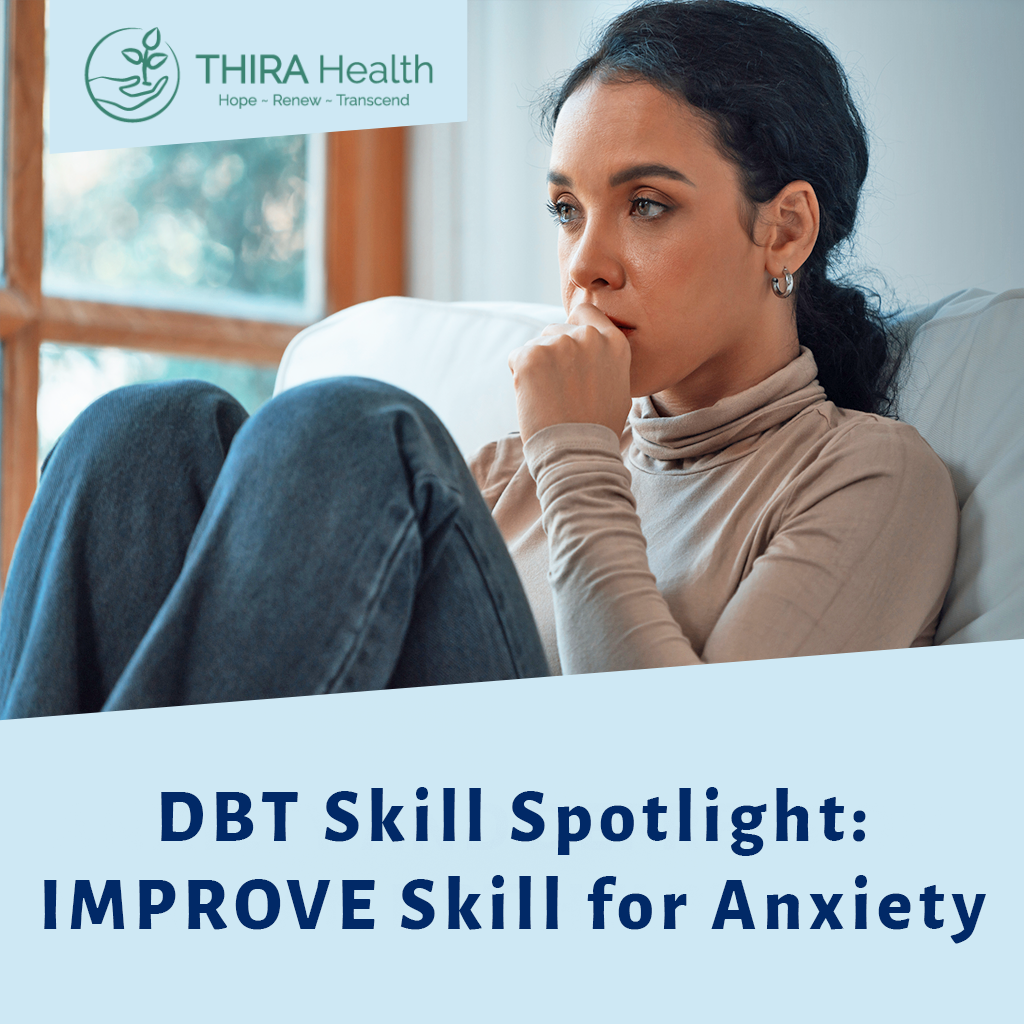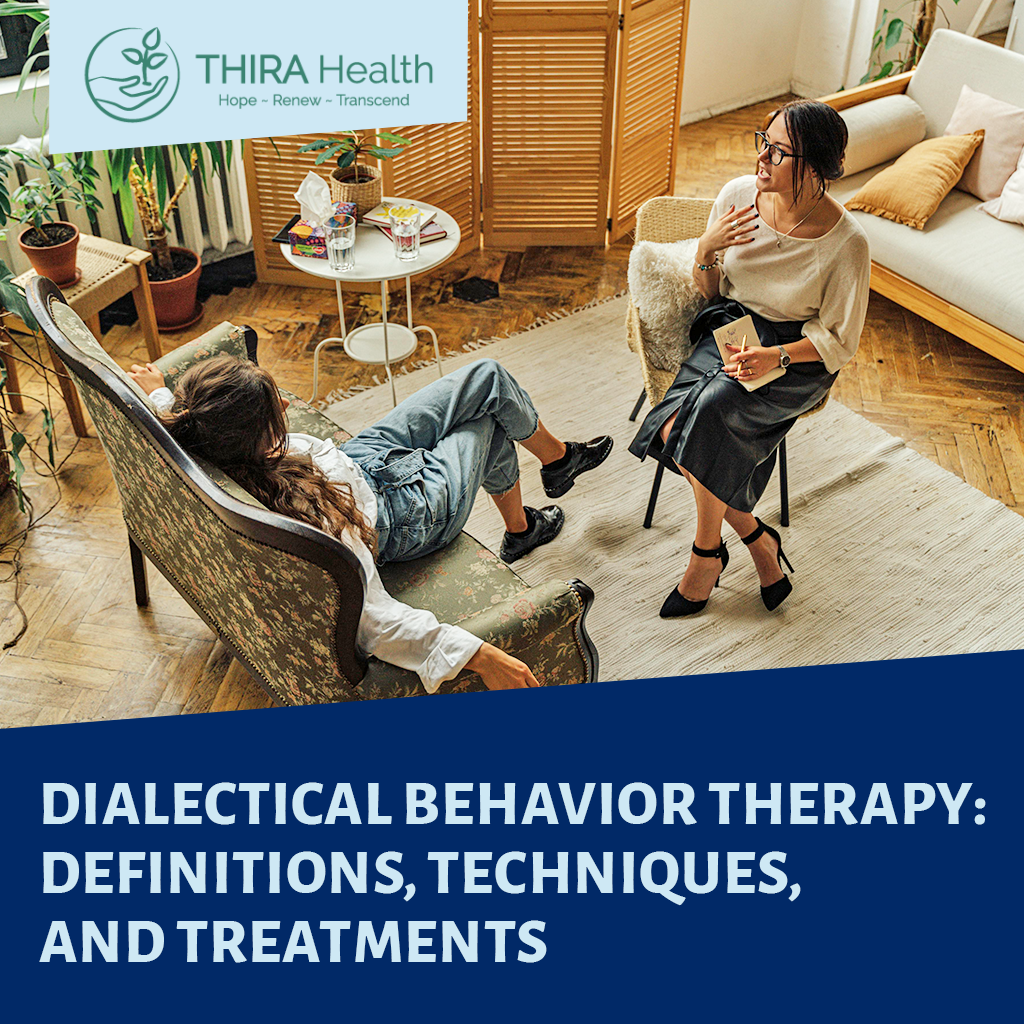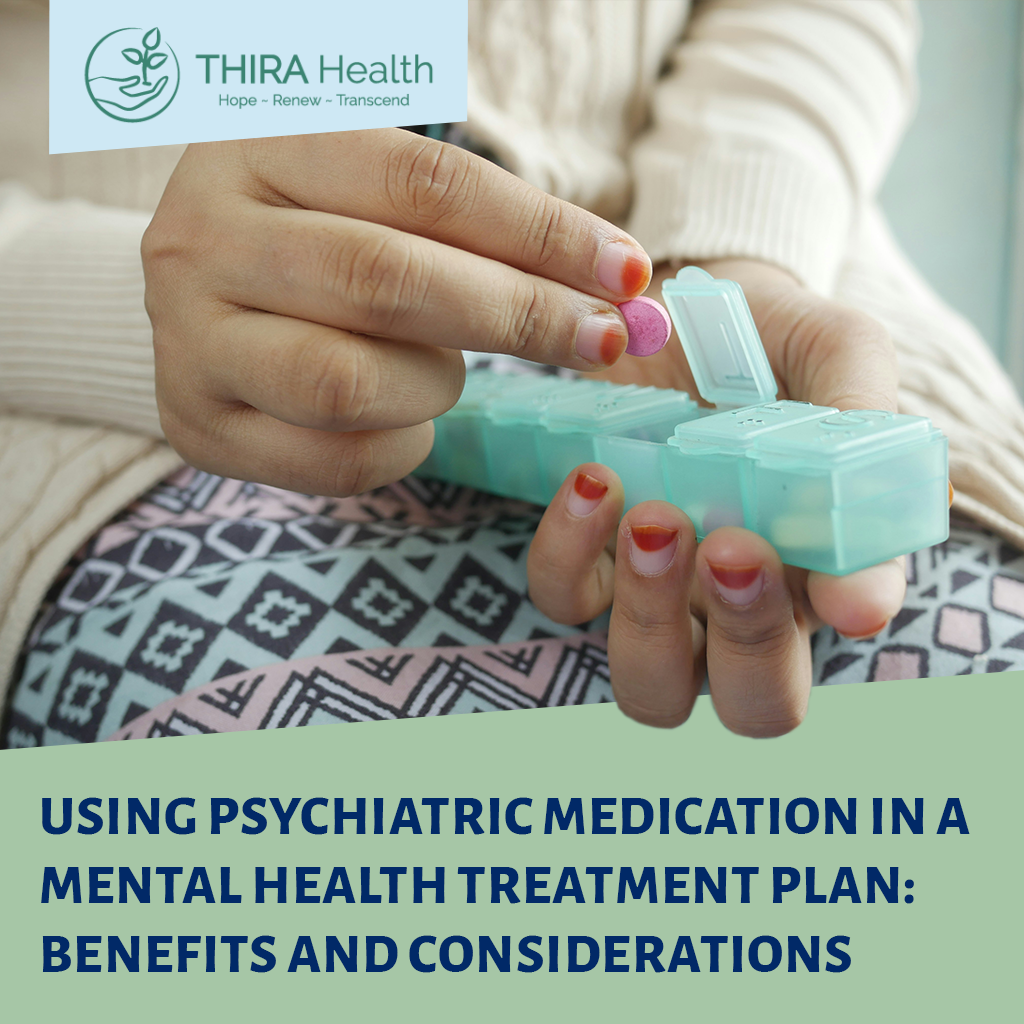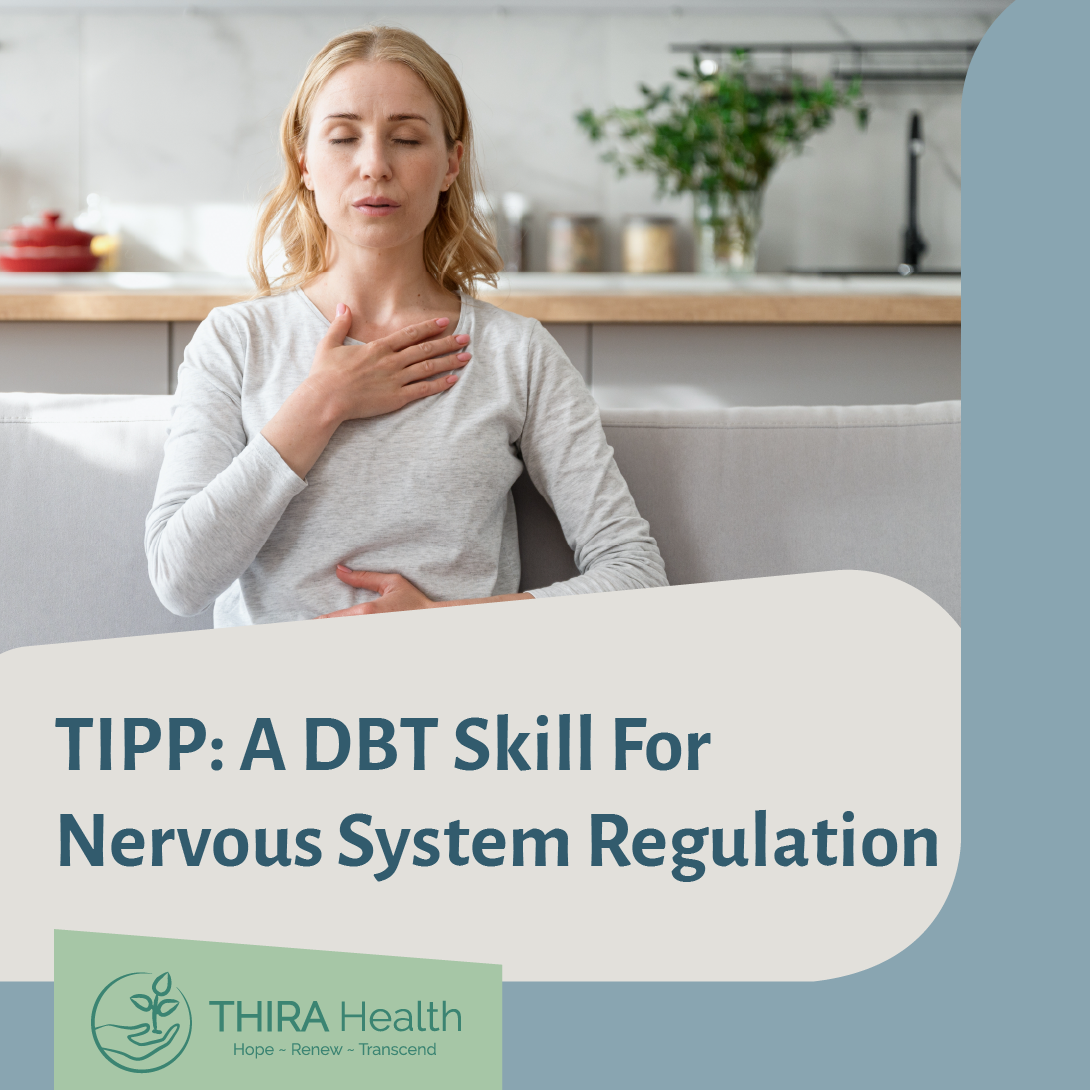When you use a telescope or binoculars, your view can change dramatically depending on how you adjust the lenses. In the same way, a person’s view of life and the world around them strongly influences their reality. For some people, anxiety is a significant part of that reality, but by learning to stop and adjust the lens, we can practice new ways of seeing the world and engaging with our feelings.
Among the most powerful coping mechanisms for anxiety is Dialectical Behavior Therapy‘s (DBT) STOP skill, an acronym for Stop, Take a step back, Observe, and Proceed. This skill encourages us to take time to reflect and observe our thoughts when we’re feeling anxious or when something in the environment cues a reaction within us so that we can act with intention and thoughtfulness
To start your journey towards taking back control of your anxiety, one of the best places to begin is by using affirmations. Affirmations are short, positive statements that you say to yourself to boost your self-esteem, confidence, and motivation. They’re an evidence-based tool proven to help reduce anxiety and bring us back to calmness and clarity. So, let’s explore DBT coping skills and how you can use affirmations as part of your DBT STOP skill practice!
Understanding Dialectical Behavior Therapy’s STOP Skill
At its core, the goal of STOP is to recognize our thoughts and feelings—and then move forward. It can help prevent us from getting overwhelmed by our emotions or making decisions based on them in the heat of the moment.
The STOP skill can be used in a variety of situations, but it is particularly helpful when an individual is experiencing intense emotions and needs to take a moment to collect themselves and regain control.
Here is a breakdown of each step:
- S – Stop what you are doing: This means physically stopping whatever you are doing, whether it is talking, moving, or engaging in any activity. This is done to create space and interrupt the emotional response.
- T – Take a step back: Once you have stopped, take a step back from the situation. This can mean taking a deep breath, or physically moving away from the situation or stimulus.
- O – Observe your thoughts, feelings, and surroundings: Once you have taken a step back, observe your thoughts, feelings, and surroundings in a non-judgmental way. Just notice what is happening, without trying to change it.
- P – Proceed mindfully: Finally, proceed mindfully by choosing how you want to respond to the situation. This can involve using coping skills, problem-solving, or communicating assertively.
Overall, the STOP skill helps individuals to slow down their emotional response and gain a greater sense of control over their thoughts and behaviors. It is a useful tool for managing overwhelming emotions such as anxiety and building resilience.
The Value of Affirmations for Anxiety
While the “STOP” acronym is itself a helpful mantra or tool to repeat to yourself in moments of emotional overwhelm, it can be paired with additional affirmations to help support a healthy mindset. These work most effectively when incorporated into the “P” protocol, as a series of short, positive statements that you can repeat to yourself as a reminder of how capable and strong you are, despite the anxious feelings.

These simple reminders can be surprisingly powerful for redirecting your thoughts away from negative emotions and towards peace and self-confidence. Studies have shown that using affirmations before tackling complex tasks helps increase focus and motivation, allowing us to approach tasks with a clearer mind—all critical skills for using the STOP skill to help us manage difficult moments.
For example, repeating “I am safe” is great for calming your fear when you’re feeling anxious. “I trust my emotions” is an excellent reminder that your feelings are valid and you don’t have to fear them. And “I will keep trying” is a great way to build resilience during defeat or doubt. The next time anxiety creeps in, don’t hesitate to try these affirmations—or create other powerful positivity mantras that work specifically for you!
How to Use Affirmations with DBT’s STOP Skill
When creating affirmations for yourself, here are some great examples you can use:
- “I will take a deep breath before making any decisions.”
- “I will practice self-care in this moment.”
- “My thoughts are simply thoughts, not facts.”
- “I acknowledge my thoughts and feelings without judgment”
- “I don’t need to be perfect; I am enough”
These affirmations can be used as a great addition to your practice of the STOP Skill for managing anxiety. You may gravitate towards particular mantras that carry meaning for you, which will likely be different than what works for someone else. You can also develop your own affirmations that resonate with you more profoundly or address particular issues that you face with anxiety, but make sure to keep them realistic and achievable! With practice and mindfulness, these affirmations can become an invaluable tool for managing anxiety in combination with DBT’s STOP skill.
But how exactly do you use affirmations?
Create a positive routine
Start slowly by repeating your affirmation aloud once or twice daily and meditating on the message for a few minutes, especially in moments where you feel calm or peaceful. Pair the affirmations with your morning and nightly routine, and repeat the affirmations throughout the day about 10 times each. The goal is to pair a positive experience with your affirmations, and install your ability to recall this sense of peace and calm, even in moments of stress.
Connect with yourself
When you say these affirmations out loud, they resonate with you—phrase them, so they’re meaningful to YOU, and make sure that each one feels like an achievable goal. The more personal they are, the better they’ll work for calming anxiety. For example:
- “I have the power to make my own decisions”
- “I can face my challenges with courage”
- “I am strong enough to protect myself from anything”
What Does the Evidence Say About Affirmations?
The evidence regarding using affirmations as part of your DBT practice is clear. Studies have shown positive self-talk can help reduce distress, promote positive outlooks, improve self-confidence, and strengthen interpersonal relationships. Furthermore, research indicates that people who use affirmations may be more likely to engage in healthy behaviors and adopt helpful attitudes.
Affirmations also increase resilience to mental health challenges like anxiety and depression. In addition, the effects of affirmations have been shown to last: people who use them regularly may experience long-term improvements in their cognition and emotional responses. Finally, when used with other strategies, such as Mindfulness or DBT, affirmations can be even more effective in helping individuals cope with difficult emotions.
By using affirmations along with the STOP Skill or other DBT coping skills, you can reduce the intensity of your anxious thoughts and feelings by accepting reality and recognizing that it’s okay for things not to go your way sometimes.
DBT treatment for Anxiety at THIRA Health
Using affirmations, paired with the STOP skill from DBT, is a great way to help manage anxiety. When it comes to managing the stressors in life, feeling the presence of calm, confidence, and self-assurance can be one of the most powerful tools. Changing how we think and the words we use to influence our emotional state can lead us toward more positive outcomes. With the right affirmations, and the right support team, you can ease your anxiety and move forward more confidently.
Learn more about THIRA Health’s DBT treatment program for anxiety today and whether it might be right for you.






